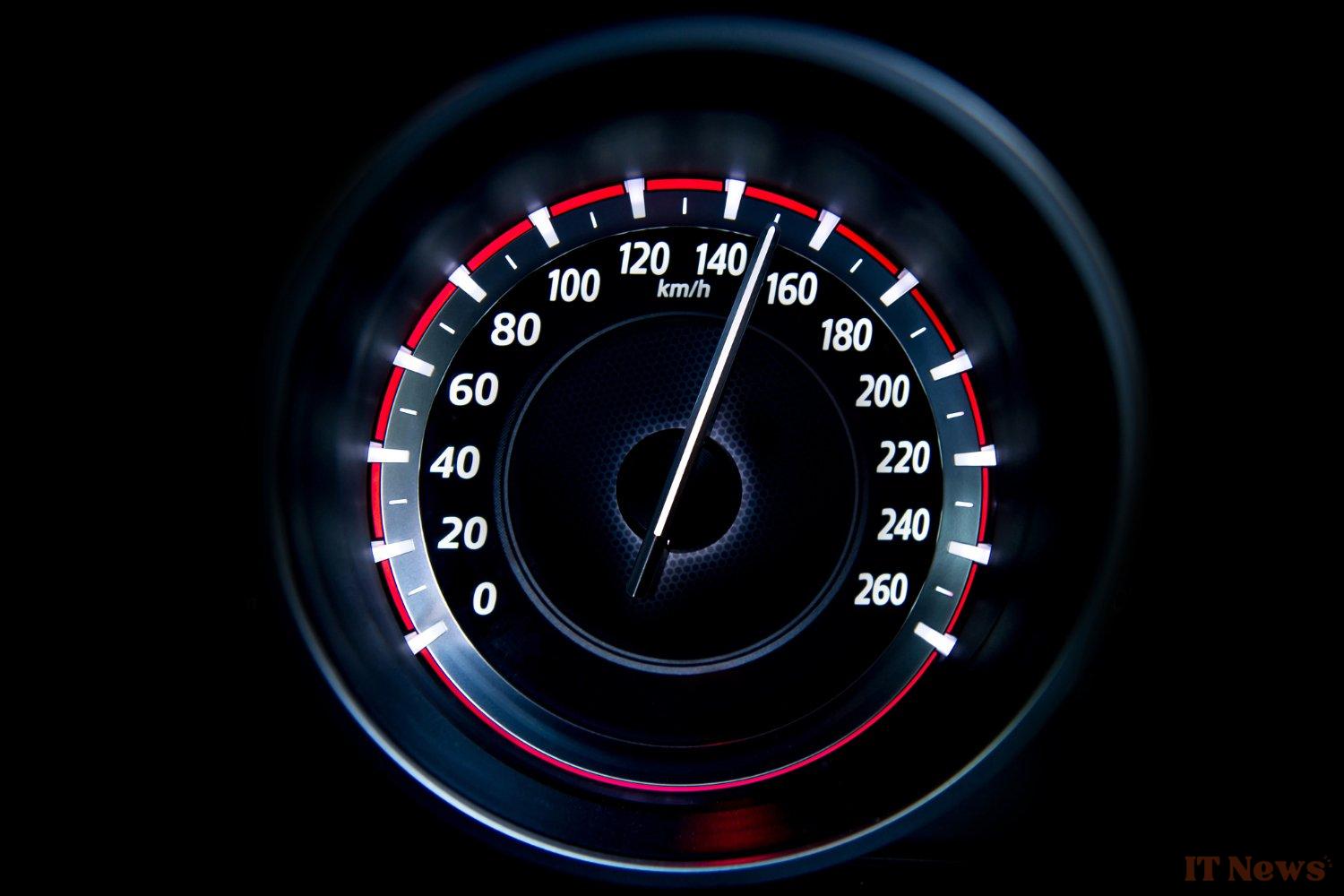For several years, Catalonia has been seeking to modernize its motorway traffic management. Already a pioneer in 2009 with the introduction of the "Variable Speed System," the region is now taking a new step: the integration of artificial intelligence to manage speed limits in real time. On the AP-7, between Maçanet de la Selva and El Vendrell (150 kilometers), the maximum speed can now be raised to 150 km/h or lower depending on traffic, weather, and road conditions!
How does it work?
In concrete terms, sensors distributed throughout the section continuously collect data: traffic density, road surface conditions, visibility, sunlight levels, humidity. This information is processed by an artificial intelligence algorithm, which automatically adjusts the speed limits displayed on dynamic signs. The goal: to enable smoother and safer driving by adapting the authorized speed to actual conditions rather than fixed rules.
The stated objective is twofold. First, to reduce traffic jams, often caused by poorly controlled speed differences between vehicles. Second, to improve safety by avoiding sudden braking and unpredictable behavior. The possibility of increasing speed to 150 km/h, only when all conditions are deemed optimal, also aims to make journeys more efficient without sacrificing safety.
Who is it for?
The project primarily concerns Catalan motorists using the AP-7, but its ambition extends beyond regional borders. In the long term, this model could appeal to other European countries facing the same congestion and safety challenges on their motorway networks. For car manufacturers, particularly those investing in connected or autonomous vehicle technologies, this initiative also opens up new perspectives.
And in France?
In France, the idea of using artificial intelligence (AI) to modulate speed limits on motorways, as is currently the case in Catalonia, is generating interest, but its implementation remains hypothetical for the time being.
Currently, the management of speed limits on French motorways relies mainly on human intervention. Operators monitor traffic and manually adjust the limits based on weather conditions or incidents. Although automated systems exist to detect traffic jams or accidents, the final validation of speed adjustments is generally carried out by humans.
That said, France is not far behind when it comes to intelligent transport technologies. Pilot projects have been launched on certain motorways, such as the A4 between Strasbourg and Paris, where systems collect data on traffic, weather, and other parameters to inform drivers via signs at variable messages.
The introduction of an AI system capable of modulating speed limits in real time, including upwards to 150 km/h, would therefore pose several challenges in France. On the one hand, it would require a revision of the Highway Code, which currently sets the maximum speed allowed on motorways at 130 km/h. On the other hand, such a measure could be perceived as contradictory to the government's efforts to reduce greenhouse gas emissions and promote road safety.



0 Comments